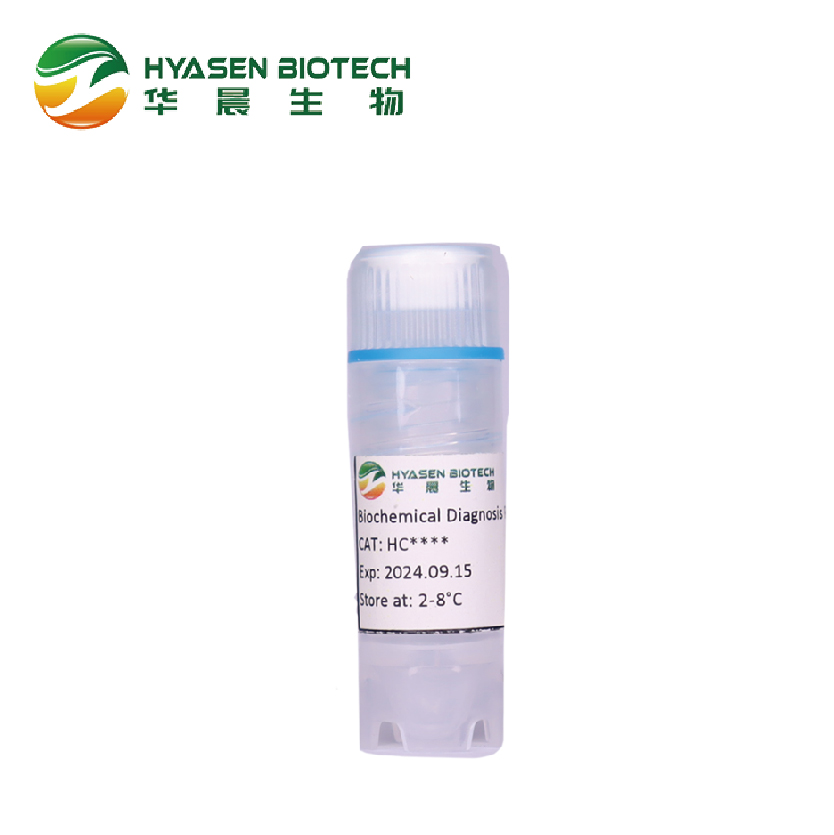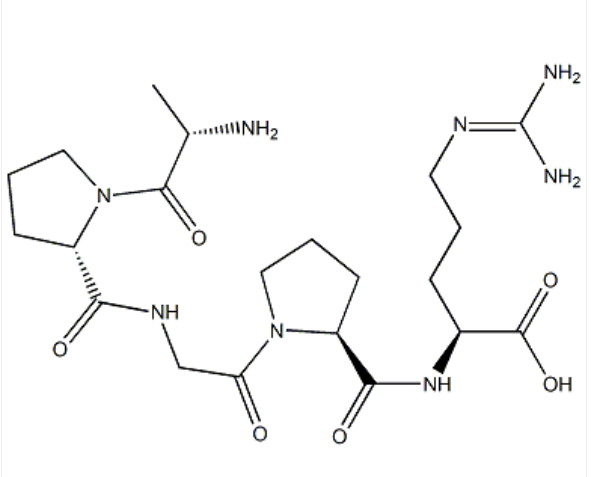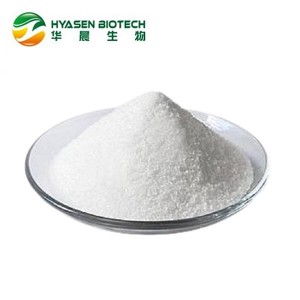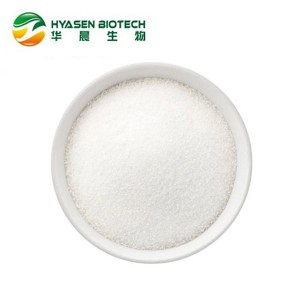
Phosphatase Alkaline (ALP)
Description
Alkaline Phosphatase is derived from a recombinant E. coli strain that carries the TAB5 gene. The enzyme catalyzes the dephosphorylation of 5´ and 3´ ends of DNA and RNA phosphomonoesters. Also, it hydrolyses ribose, as well as deoxyribonucleoside triphosphates (NTPs and dNTPs). TAB5 Alkaline Phosphatase acts on 5´ protruding, 5´ recessed and blunt ends. The Phosphatase can be used in many molecular biology applications, such as cloning or probe end labeling to remove the phosphorylated ends of DNA or RNA. In cloning experiments, dephosphorylation prevents the linearized plasmid DNA from self-ligation. It can also degrade unincorporated dNTPs in PCR reactions to prepare a template for DNA sequencing. The enzyme is completely and irreversibly inactivated by heating at 70°C for 5 minutes, thereby making removal of the phosphatase prior to ligation or end labeling unnecessary
Usage
1.Alkaline phosphatase coupled to proteins (antibodies, streptavidin etc,) can specifically identify target molecules, and can be used in ELISA, WB and histochemical detection;
2.Alkaline phosphatase can be used to dephosphorize the 5 '-terminal of DNA or RNA to prevent self-linking;
3.The above dephosphorylated DNA or RNA can be labeled by radio-labeled phosphates (via T4 poly-nucleotide kinase)
Chemical Structure

Specification
| Test Items | Specifications |
| Enzyme Activity | 5U/μL |
| Endonuclease Activity | Not detected |
| Exonuuclease Activity | Not detected |
| Nicking Activity | Not detected |
| RNase Activity | Not detected |
| E.coli DNA | ≤1copy/5U |
| Endotoxin | LAL-Test, ≤10EU/mg |
| Purity | ≥95% |
Transportation and storage
Transportation: AmbIent
Storage : Store at 2-8°C
Recommended re-test Life: 2 year














